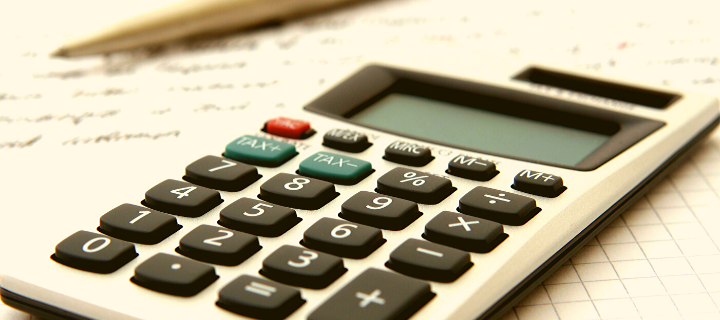
With the tax year ending soon, it’s time to start thinking about your new tax year resolutions. This is the perfect opportunity to organise your finances to make the most of your savings allowances.
If you’ve not been able to follow our financial new year’s resolutions – this is your chance to start over.
Here are five resolutions to help you refresh your finances:
1. Use your annual allowances within the year
Each year you get a new set of annual allowances which receive certain tax perks.
As of April 6th 2020, you’ll have:
- A new £20,000 ISA allowance
- A £40,000 pension allowance (subject to criteria and restrictions)
- A Junior ISA allowance of £9,000 for each of your children (up from £4,368 in the 2019/20 tax year)
- A dividend allowance of £2,000
- A personal savings allowance of between £500-£1,000 for basic and higher rate taxpayers
- A capital gains tax allowance of £12,300 for individuals
2. Invest in your ISA
Investing in your Individual Savings Account (ISA) is a great way to make your money work harder. Regardless of how much your investment grows or how much income it produces, your returns are free from income and capital gains tax. You can split your £20,000 ISA allowance across different types of ISAs, but you can only add money to one ISA of each type in a tax year.
Junior ISAs share the same tax benefits, but they’re only on offer to people under the age of 18, who don’t have a Child Trust Fund. As mentioned previously, the 2020/21 allowance is £9,000 per child.
Important note – If you don’t use your full ISA allowance in a given tax year, it’ll be lost.
3. Save into your pension
The motivation behind pension tax relief is to encourage more people to save towards retirement. See our blog on the UK Retirement Living Standards for an idea of how much you need to save to achieve your desired retirement lifestyle.
The pension annual allowance is the maximum amount you can contribute into your pension each year whilst still receiving tax relief. This is capped at £40,000. However, there a few other things to consider when working out your annual allowance:
Tapered annual allowance
If you’re a higher earner then your annual allowance (AA) may be ‘tapered’. As of April 6th 2020, your AA will decrease if both your ‘threshold income’ is above £200,000 and your ‘adjusted income’ is over £240,000.
If this affects you, then your full £40,000 allowance will be reduced by a £1 for every £2 of adjusted income you receive over £240,000. Subject to a minimum annual allowance of £4,000.
Money purchase annual allowance (MPAA)
The MPAA restricts how much you can pay into your money purchase pension each year, whilst receiving tax relief. It comes into effect as soon as you start taking taxable income from your pension pot using the pension freedoms, which can be from the age of 55.
The MPAA for 2020/21 is £4,000. If you exceed this amount, then you’ll face a tax charge.
Important note – If you don’t use your full MPAA allowance during a tax year, then it’ll be lost forever. Also, be aware that the pension lifetime allowance is £1073,100 for 2020/21. If the combined value of your pensions exceeds this allowance, then you could face unexpected tax charges.
4. Carry forward – Plan ahead
Carry forward allows you to contribute more than the pension annual allowance by ‘carrying forward’ any unused allowances from the previous three tax years.
So, if you exceed the tapered annual allowance, before calculating the tax charge you need to pay on the excess, you should first check you’ve carried forward any unused AA.
By using an Annual Allowance calculator, you can find out if you will be subject to an Annual Allowance charge, the amount of unused Annual Allowance and any carry forward opportunities.
5. Stay on track
Don’t forget why you’re saving in the first place. Think about your future and what you hope to achieve. Is your desired lifestyle still attainable? Or do you need to rethink your savings strategy?
So, this is where financial planning comes into play.
A good financial planner will work with you to create a long-term plan that’s realistic and achievable, offering support and encouragement to help you stick to your savings resolutions.
If you would like to discuss any aspect of this article, then please get in touch with us and speak to one of our financial planners.

